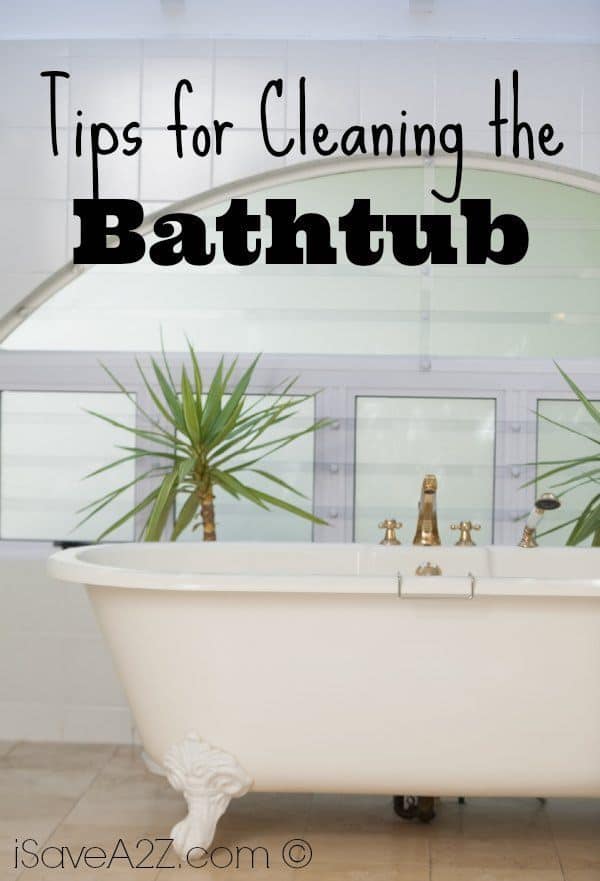Tips for Cleaning the Bathtub
Tips for Cleaning the Bathtub
Nobody likes diving in and scrubbing the bathtub. In many households, it is the last chore that anyone wants to take on and so it often gets passed over. Interestingly, cleaning the bathtub can be one of the easiest chores in the house if you know how to do it.
Here are some tips to cleaning the bathtub that you might not have thought of:
Get rid of the caustic chemicals
With the ever-growing movement towards environmental stewardship, many people are embracing cleaning techniques that avoid the use of harsh or potentially toxic chemicals. This becomes particularly important in homes where the waste water disposal system utilizes a septic tank and/or drain field as opposed to flowing out into sewer lines. Using an Earth-friendly solution of one part degreasing dish detergent to 3 parts hot water in a spray bottle will work very nicely to help break up and scrub away most built-up soap residue (aka “soap scum”) and grime. Why damage your hands, the environment and our future drinking water with nasty chemicals?
Bathtub Cleaning technique
Working from top to bottom, lightly spray or sprinkle the solution onto the walls and floor of the bathtub. Using either a long handled bathtub scrubber or a household sponge, lightly scrub the areas that have heavy build-up. Re-spray or sprinkle those areas, and then allow it to set for 10 minutes or so. This is where you have to be patient and walk away to allow the solution to do it’s work. Without this step you will have to work twice as hard to remove the residue.
After the waiting period, spray the heavy build-up areas once again, and then wipe the entire tub down (again working from top to bottom). Then you can rinse the tub with water and prepare for the next step.
If the residue still remains, a paste made up of baking soda and hot water makes an excellent mild abrasive. Mixing hot white vinegar and water is another eco-friendly method for dissolving soap residue in addition to being an excellent deodorizer. It has been said that this mix will also prevent mildew in the future.
Removing stains due to hard water or mineral deposits
There are a number of commercially available products that can remove spots or stains due to hard water or mineral deposits. A simple and relatively inexpensive method is to use a solution made up of ¾ of a cup of automatic dishwasher detergent to one gallon of water. You apply the solution to the spots/stains using a regular sponge, and allow it to sit for 15 – 20 minutes, keeping the surface wet with the solution. After the waiting period, scrub the spot/stain with either a sponge or a “scrubby”, and then rinse with clear water. The spot/stain may require a repeat application.
Preventing residue build-up
Since no one enjoys scrubbing the bathtub, preventing build-up is much easier and less labor intensive. Consider switching from a bar soap to a liquid body wash. Bar soaps contain a tiny amount of talc which combines with body oils, dead skin cells, dirt, etc. to form the “soap scum” build-up. Wiping down the bathtub/shower enclosure with a towel after each shower/bath can also go a long way to preventing build-up. If the bathtub is being used for a bath, rinse the tub out thoroughly after the bath, and then wipe it down with a dry towel.
Cleaning bathtub surfaces and tile can be a backbreaking chore that everyone avoids, but it doesn’t have to be. Nor does it require the use of harsh or toxic chemicals. By using an Eco-friendly degreasing detergent/water solution, and a little patience, the task becomes considerably less laborious.
More Great Cleaning Tips to Check out!




